Resource Protection
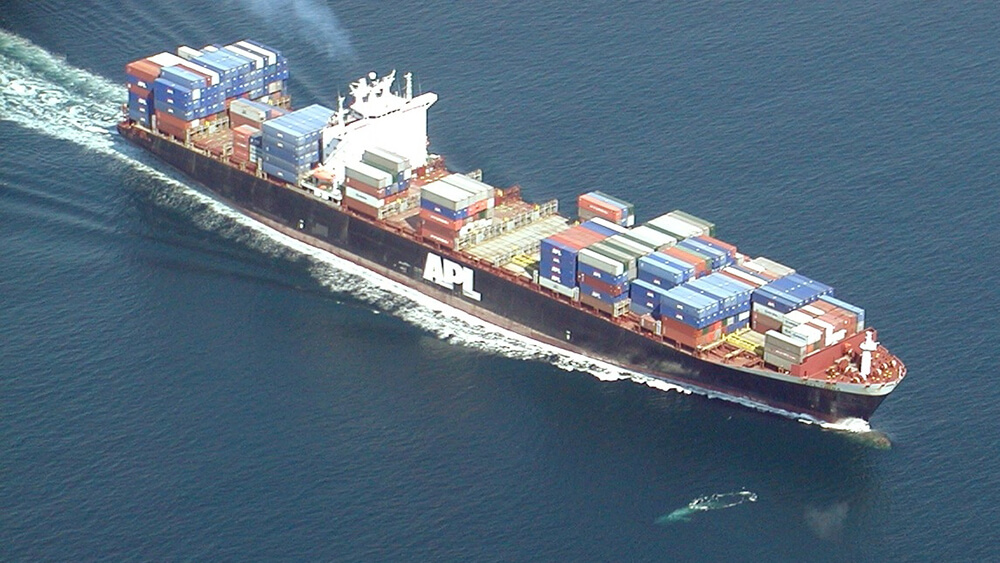
The primary purpose of the sanctuary is to protect natural and cultural resources. This includes all living and non-living resources that contribute to the conservation, recreational, ecological, historical, educational, cultural, archaeological, scientific or aesthetic value of the sanctuary. Protecting sanctuary resources is accomplished through regulations, policies, permitting, enforcement, education and outreach, research, and monitoring.
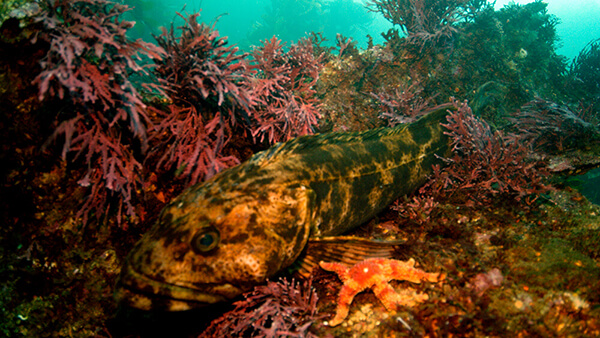
Marine Reserves and Marine Conservation Areas
These special zones protect and restore habitats and ecosystems, provide a refuge for all sea life, offer research and educational opportunities, and safeguard your heritage for future generations.
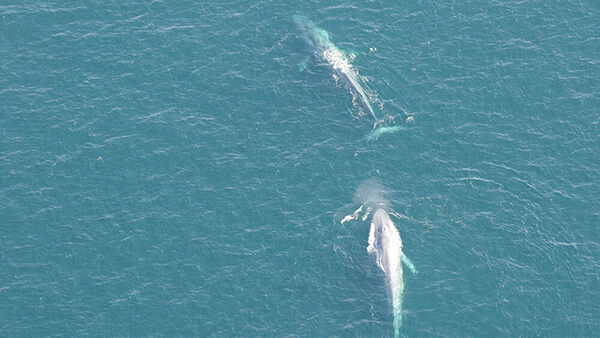
Whales & Ships
Ships colliding with blue, fin, and humpback whales threaten the recovery of these endangered species. Separating ships and whales and slowing ships down reduces the risk of ship strikes.
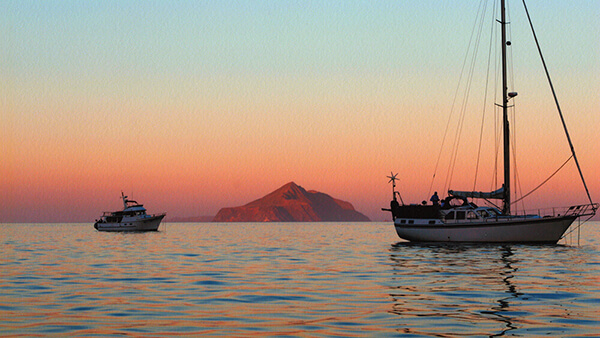
Responsible Boating
Boating is the only way to visit the sanctuary. Doing so sustainably reduces pollution, wildlife disturbance, habitat impacts, and the introduction of invasive species.
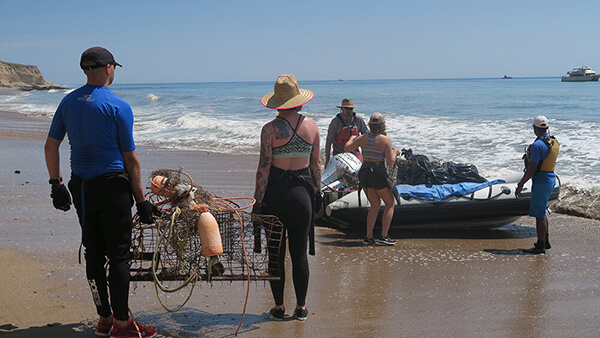
Marine Debris
Removing marine debris from the seafloor, sea surface, and island shorelines reduces hazards to wildlife, habitats, and the public. Identifying sources reduces future impacts.

